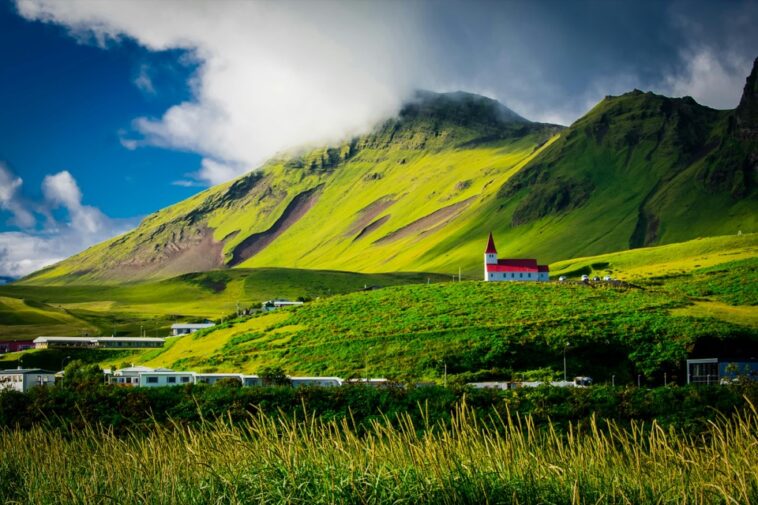For decades, the gold standard of vacation dreaming has been a tropical escape, think white-sand beaches, palm trees, and cocktails served with little umbrellas. But in recent years, something unexpected has happened; more travelers are turning away from sun-soaked getaways and heading instead toward places where you might need a sweater, a windbreaker, or even a good pair of hiking boots.
Cool-climate destinations like Iceland, the Faroe Islands, and Northern Ireland are rising in popularity. And this isn’t just a trend for rugged adventurers, it’s a shift happening across demographics. Whether it’s couples seeking serene landscapes, families craving immersive outdoor experiences, or solo travelers hunting for new stories to tell, the pull of the north is growing stronger.
Let’s explore why the chill is winning hearts around the world, and why now might be the perfect time to plan your own escape to a cooler corner of the globe.
Iceland: Land of Fire, Ice, and Phenomenal Photo Ops

Iceland has seen a meteoric rise in tourism over the past decade, and for good reason. This Nordic island offers a surreal blend of volcanic landscapes, black sand beaches, glacial lagoons, and thermal springs. And unlike tropical locales, Iceland invites you to engage with nature, not just relax in it.
What makes Iceland so appealing?
- Mild summers: Iceland’s average high in July is a comfortable 55°F (13°C), ideal for hiking, sightseeing, and avoiding the sweltering heat.
- Bucket-list experiences: From seeing the Northern Lights to relaxing in the Blue Lagoon, Iceland delivers Instagram-worthy adventures in every season.
- Eco-forward tourism: Sustainability is a core value in Iceland, making it a great choice for conscientious travelers.
- Local connection: Whether you’re sampling fermented shark or listening to a folk tale from a Reykjavik guide, Iceland feels deeply personal.
Pro tip for locals or those near major U.S. cities: Icelandair frequently offers affordable stopovers in Reykjavik en route to Europe, making this chilly paradise more accessible than you might expect.
The Faroe Islands: Europe’s Best-Kept Secret
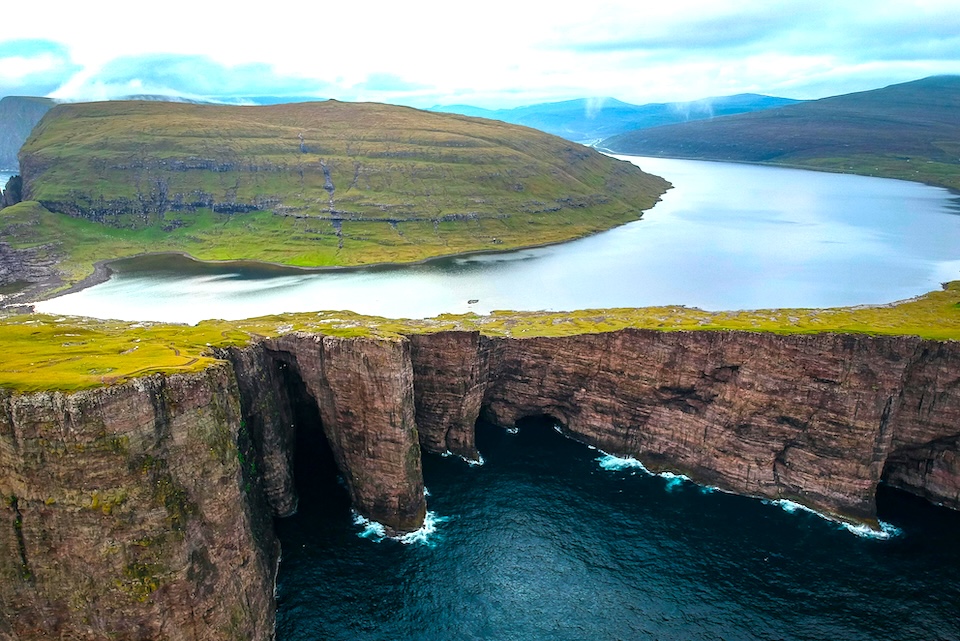
If Iceland feels like the next frontier, the Faroe Islands are where you go when you want to beat the crowd. This self-governing archipelago of Denmark, located between Iceland and Norway, is a jaw-dropping mix of grassy cliffs, cascading waterfalls, and rugged coastline.
Why visit the Faroe Islands?
- Untouched nature: With fewer than 60,000 residents, the islands feel like a private retreat into nature.
- Cozy temps: Even in summer, highs rarely exceed 55°F (13°C), making it a dream for those who prefer foggy mornings and sweater weather.
- Cultural immersion: Visitors are encouraged to connect with Faroese traditions, from seafood feasts to sheep herding experiences.
- Photographer’s playground: The dramatic scenery has earned the Faroe Islands a growing reputation among landscape photographers and travel influencers alike.
It’s also one of the best places for slow travel — a growing movement where the journey is as important as the destination. Locals welcome respectful tourists with warmth, and small-group tours offer an intimate way to engage with both people and place.
Northern Ireland: Legendary Landscapes and Hidden Gems
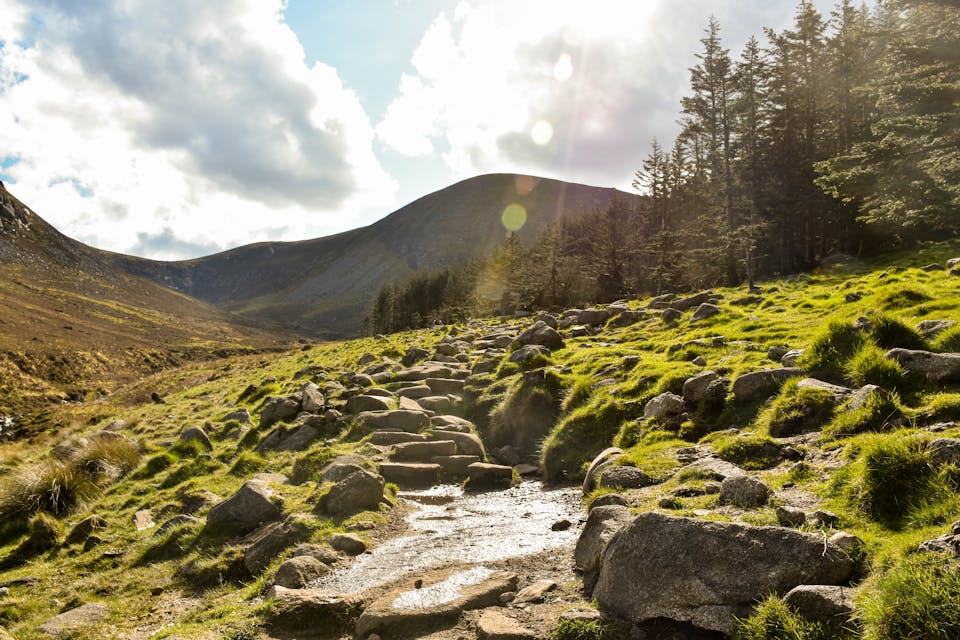
Though often overshadowed by its neighbor to the south, North Ireland is a treasure trove of striking natural beauty and compelling history. From the Giant’s Causeway to the Mourne Mountains, its cooler climate is perfect for year-round exploration.
What sets Northern Ireland apart?
- Scenic diversity: In a single day, you can hike along coastal cliffs, explore ancient ruins, and stroll through charming towns.
- Temperate weather: Summers are mild (average highs around 65°F or 18°C), making it ideal dfor outdoor activities without the tropical heat.
- Rich history: Castles, ancient monasteries, and Game of Thrones filming sites abound.
- Local charm: The warmth of Northern Irish hospitality is legendary — and with the resurgence of tourism, small towns are welcoming visitors like never before.
And for American travelers, Belfast and Derry offer a more affordable European experience than some of the continent’s larger capitals. Thanks to improved direct flights and tourism campaigns, now’s the time to go before the crowds fully catch on.
Why Travelers Are Ditching the Tropics for Temperate Vibes
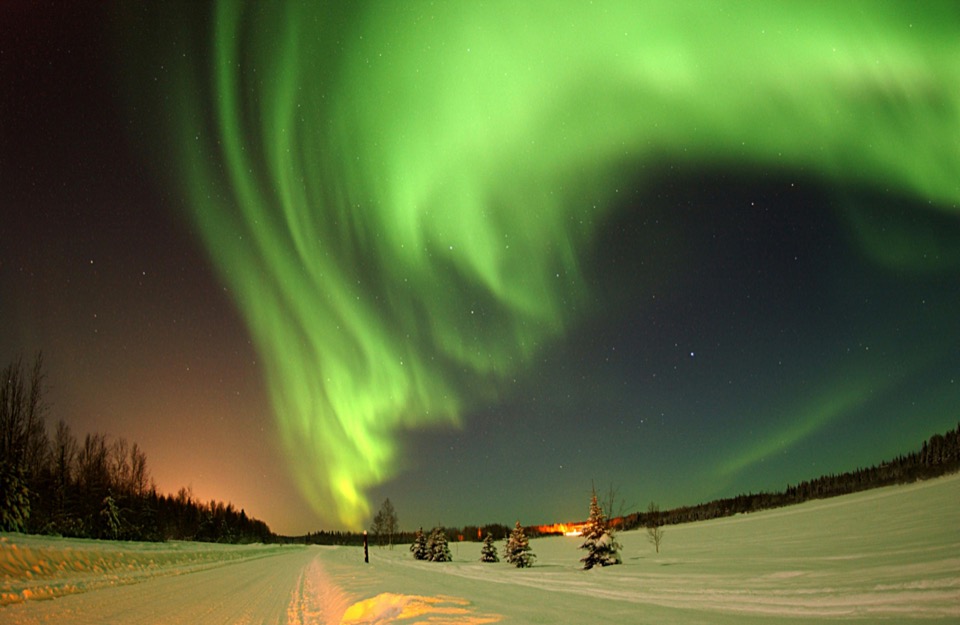
So what’s driving the shift away from beach-based travel? It’s a mix of climate consciousness, a craving for authenticity, and a desire for relief from extreme heat.
- Climate change awareness: Many travelers are rethinking the carbon footprint of long-haul flights to tropical islands and instead choosing destinations that support eco-tourism and conservation.
- Heat fatigue: With rising global temperatures, vacationing somewhere that’s 90°F and humid no longer feels like a treat. Cooler places offer comfort, especially for older adults, families with kids, and those with medical conditions affected by heat.
- Adventure and depth: The new generation of travelers values connection over consumption. They want experiences they can talk about for years — whether it’s hiking a fjord, chasing waterfalls, or learning the legends of Celtic lore.
- Mental refresh: There’s a quiet magic to misty hills and overcast skies. Cool-climate destinations can be deeply restorative, ideal for digital detoxing, reflection, and creative rejuvenation.
Planning a Cool-Climate Trip: Tips for U.S.-Based Travelers
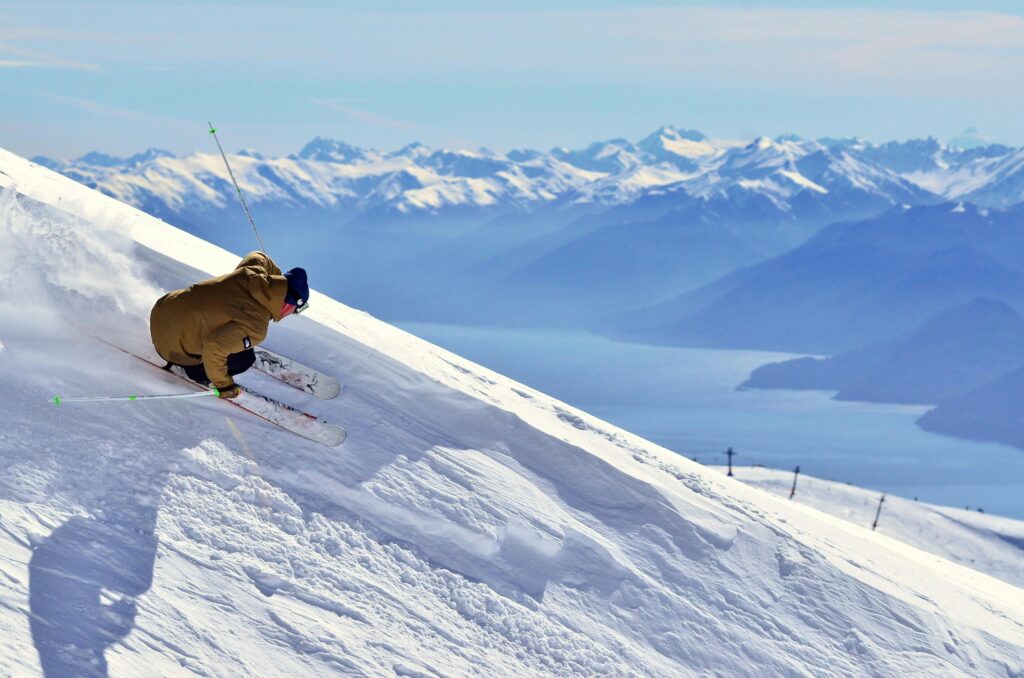
If you’re planning your next trip from cities like New York, Chicago, Los Angeles, or Seattle, there are direct or single-connection flights available to these destinations, often with competitive pricing in shoulder seasons.
Where to search:
- NYC travelers: JFK and Newark both offer direct flights to Reykjavik and Belfast.
- Chicago locals: O’Hare connects to Iceland and has seasonal options for Northern Ireland.
- Seattle and Portland: Icelandair services Reykjavik from Seattle; great for a West Coast escape.
- Los Angeles area: Look for stopover flights to Iceland and connecting options for Belfast and Copenhagen (to reach the Faroes).
Insider tip: Booking shoulder season travel — late spring or early autumn — can net you lower prices and fewer tourists, while still delivering a full itinerary of things to do.
The Cold Is Calling

Choosing a cooler destination doesn’t mean sacrificing adventure, comfort, or culture. In fact, it can enhance all three. Whether you’re seeking the windswept cliffs of Northern Ireland, the fjords of the Faroe Islands, or the geothermal wonders of Iceland, a cool-climate trip invites you to slow down, breathe deep, and engage more meaningfully with the world around you.
So the next time you’re planning your vacation, skip the sunscreen and grab your fleece. The chill just might surprise you.
